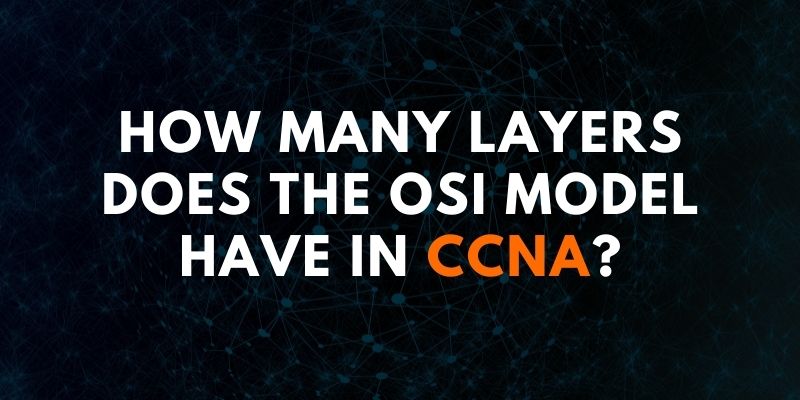
Introduction
To explain how data is transported from one computer to another over a computer network, The OSI model is a system interconnection model. The OSI reference model divides communications between computer equipment into seven distinct compression layers: physical, data link, networking, traffic, sessions, presentation, and applications. Are you here to know How Many Different Layers of the OSI Model are in CCNA? You can prefer the CCNA Course in Chennai at FITA Academy.
At its most primary level, a network is formed by two computers connected by a LAN connection and data-sharing connectors via a network interface card (NIC). However, Microsoft Windows and MAC OSI are saved on one system but not the other. There are 2 layers in the OSI model: upper layers and lower layers.
Let’s briefly discuss each layer of the OSI Model.
- Application Layer: The network application takes advantage of the application layer. Google Chrome, Firefox, Outlook, and Skype are examples of network programs that use the Internet. An Internet browser is a network application that runs on a computer and uses application layer protocols such as HTTP and HTTPs to access the Internet. The application-level protocol is responsible for the functionality of the internet browser and other apps such as Outlook and Skype.
- There are many standards for application levels, each with its own set of capabilities. FTP can be used for transferring files, HTTP is used for online browsing, and SMTP will be used for email. All of these technologies create distinct forms based on different networks.
- Presentation Layer: When it gets to the presentation layer, the data is retrieved from the application layer. The data is provided in the form of numbers and letters. These numbers and letters are converted to machine language or binary numbers by the presentation layer.
- Session Layer: The session layer, which also has tools such as APIs or programming interfaces, is used to install, manage, and stop sessions, such as hiring staff for our event. To learn CCNA get into CCNA Course Online, and trainers will provide you with the best coaching. FITA Academy is the best institute to learn more new and interesting facts about it.
- APIs such as NetBIOS, or Networking Basic Input Output System, allow applications from various systems to communicate with one another. The server is set up and conducts server verification before a session.
IP routing Protocols– When data travels over many networks, IP routing is a broad term for a set of rules that determine the path data goes from its source to its destination.
- Network Layer: The network layer itself implies that this layer is responsible for moving the packets from the source to the final destination. The network layer includes logical addressing, routing, and route determination.
- Transport Layer: It is in charge of making sure that messages are delivered reliably from one process to the next. This is primarily accomplished by three processes: section, flow control, and error control. The data acquired from the session layer is separated into smaller data units, referred to as sections, in area.
A targeted proxy server and a registration number are assigned to each section. The port number determines which program should be used for each segment. The serial number aids in reassembling the components in the proper order to produce the desired text on the receiver. Boost your knowledge to succeed in the CCNA test with the support of the CCNA Course In Bangalore.
